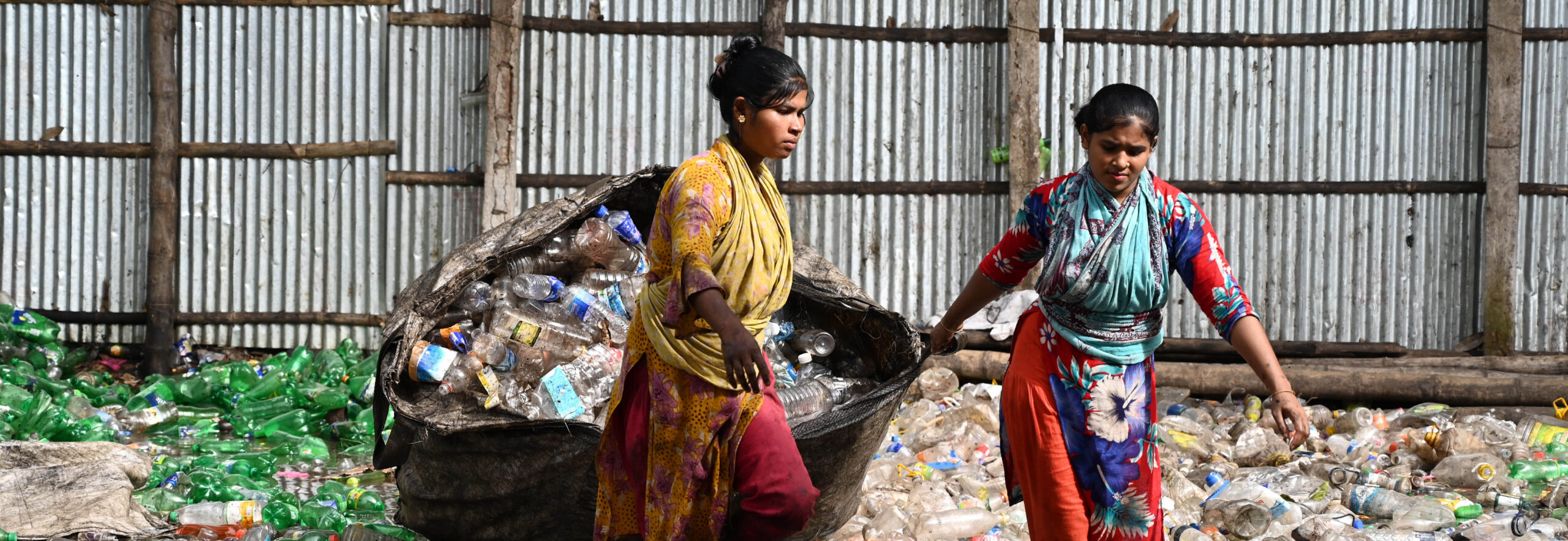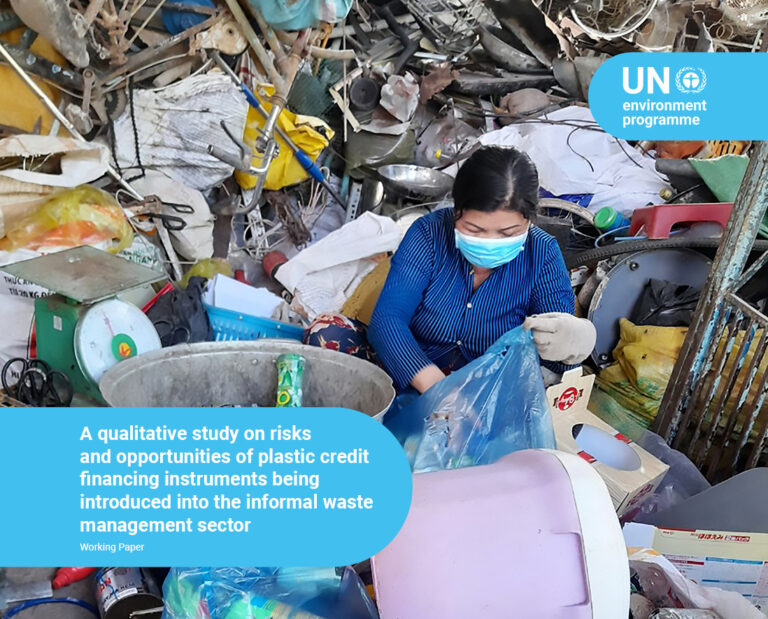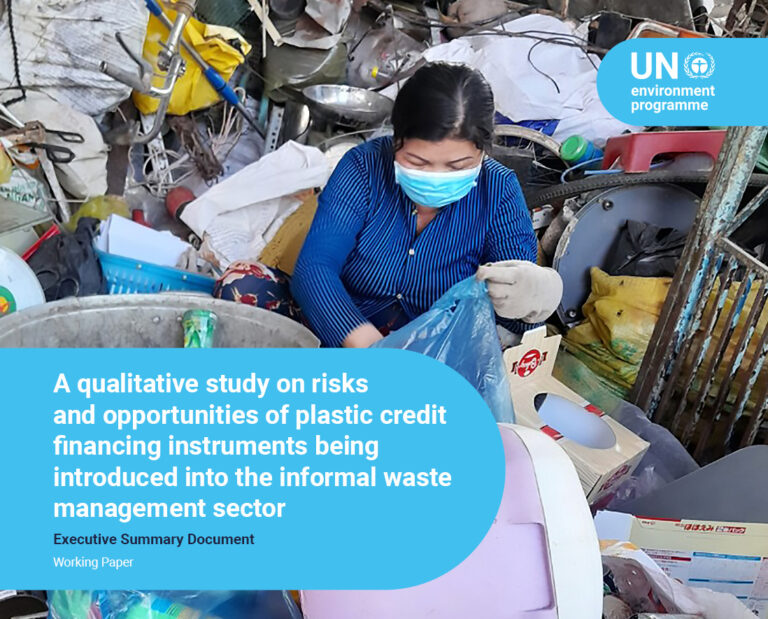Share this article
UNEP Study on Informal Waste Sector

The world is facing a global plastic waste crisis. South-East Asia has emerged as one of the world’s regions most threatened by plastic pollution that is putting ecosystems and livelihoods in danger .
With national waste management systems in many local contexts across South-East Asia not being able to hold up to the rapidly increasing plastic waste output, the informal waste management sector is growing increasingly important. However, despite their integral contribution to plastic waste management and resource recovery across South-East Asia, informal waste collectors are amongst society’s most marginalized groups working under harmful health conditions with no recognition of their essential services as well as lacking access to sustainable sources of income and basic social services.
With national EPR systems that would bring additional long-term funding to local waste management systems still awaiting their implementation in most countries in South-East Asia, additional financing instruments are urgently needed to improve local waste management systems as well as livelihoods within the informal sector.
Plastic credits have emerged as a frequently discussed financing approach to plastic waste management. However, while more and more players have been entering the global plastic credit market, research on the various effects of plastic credits is scarce and mainly evolving around their potential environmental contribution.
This study aims to bridge existing research gaps and bring to light a better understanding of the potential risks and opportunities associated with the introduction of plastic credits to the informal waste management sector in South-East Asia.
Regional Focus:
Malaysia, Thailand, Indonesia, the Philippines, Cambodia, and Vietnam
Research structure:
Qualitative and quantitative
Number of interviews:
41 international experts and stakeholders from across the waste management value chain
Related content:
- SEA Circular Webinar
- World Economic Forum Article
How plastic credits could tackle an overlooked waste crisis | World Economic Forum (weforum.org)

